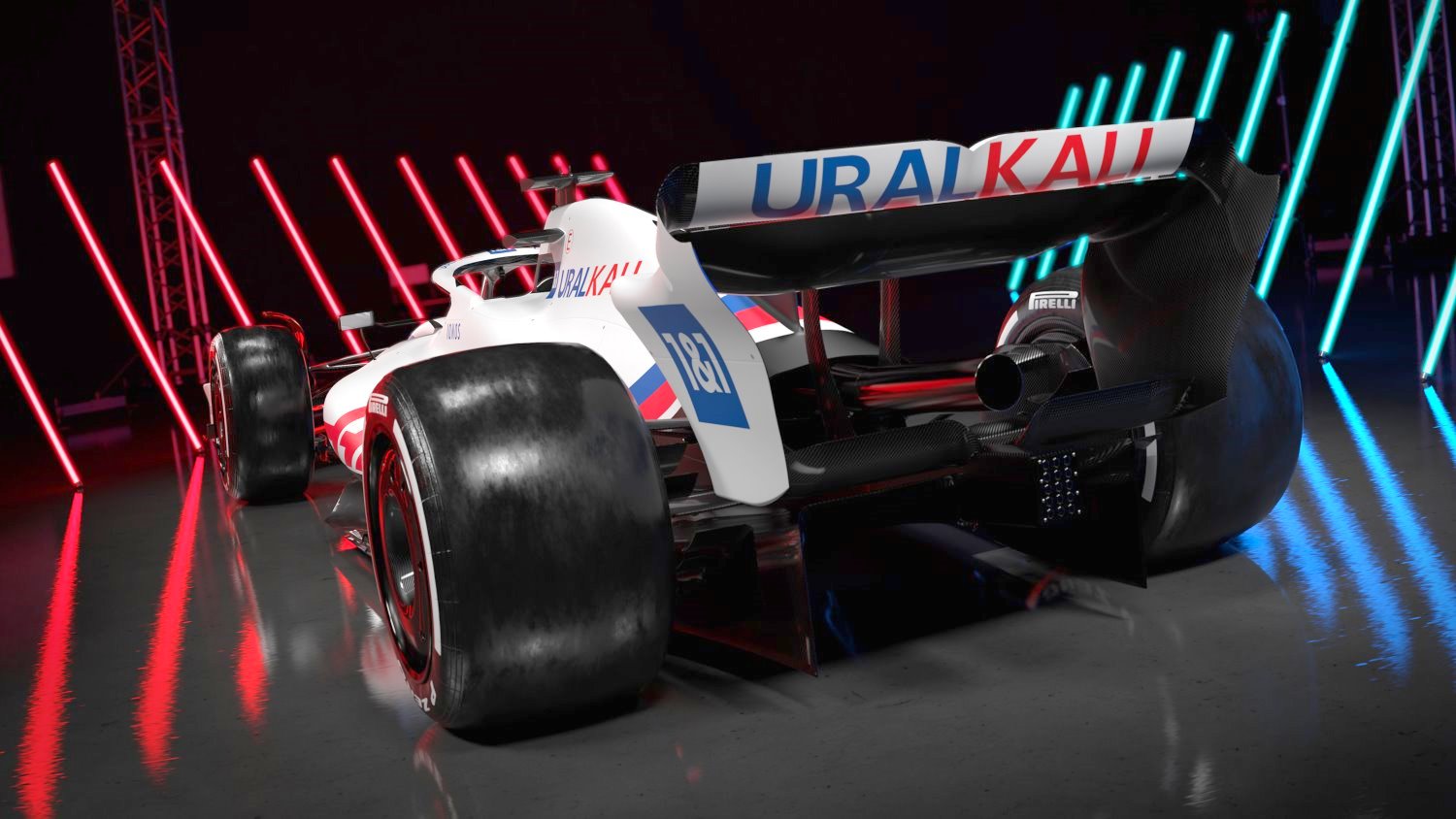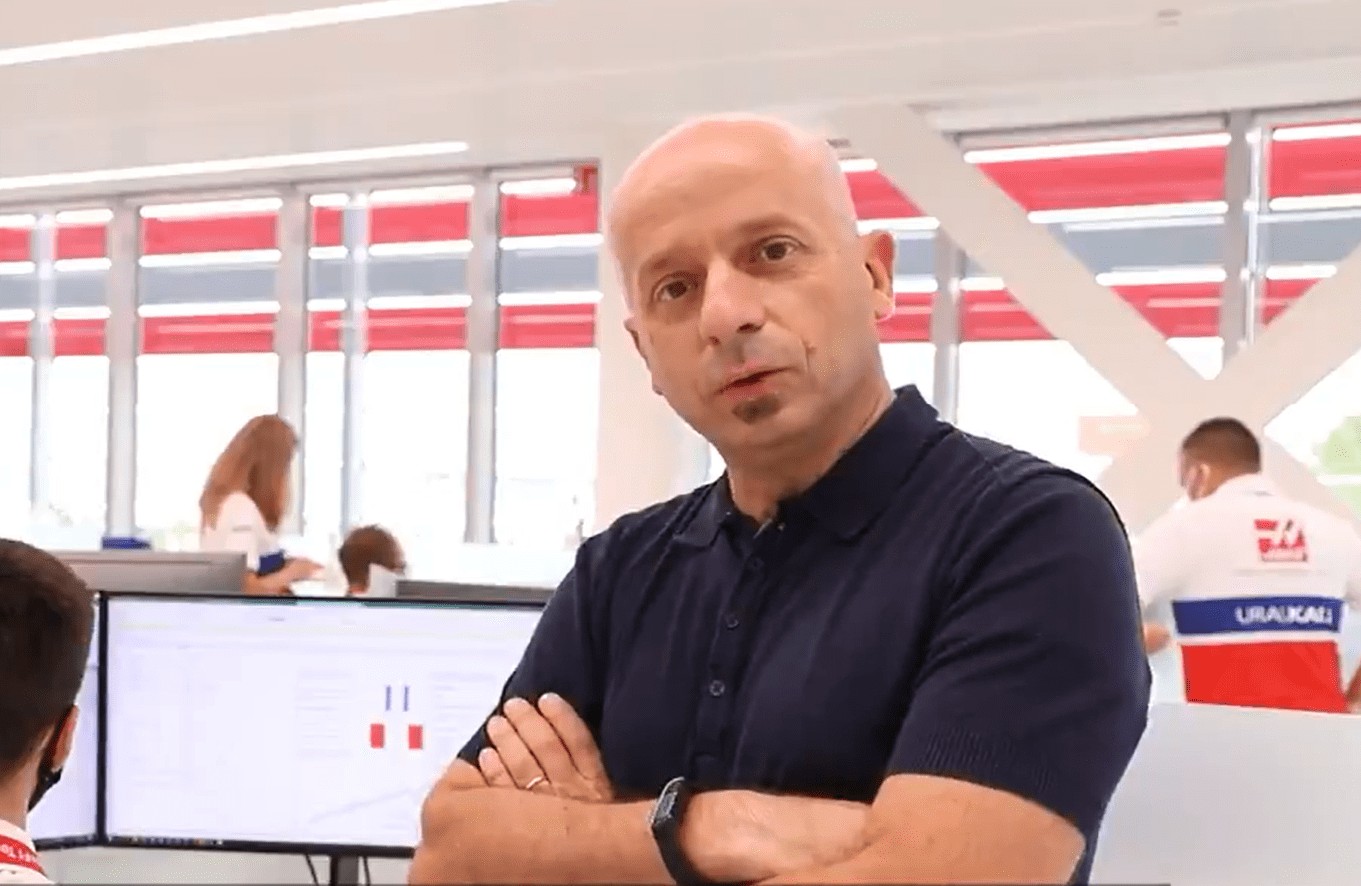F1: VF-22 Q&A with Uralkali Haas F1 Team Technical Director
The VF-22 is the first challenger produced by an all-new design-office in Maranello, Italy, spearheaded by Technical Director Simone Resta (shown above). Upon the release of the livery and design of Uralkali Haas F1 Team’s latest entry, Resta reveals the impact of the overhaul in regulations, creating a new team to lead this project and his expectations for the season ahead.

The VF-22 is the accumulation of a lot of hard work from the entire design office in Maranello and your first Formula 1 car with Uralkali Haas F1 Team. What were considered the biggest challenges in the process?
“There were two main project challenges with this car. The new requirements of the chassis construction were one. With FIA Regulations, the 2022 monocoque has been heavily modified for safety reasons. The strength requirements are a lot tougher with some areas being more than 150 percent stronger. This required a significant amount of reinforcement with respect to 2021, with a relevant impact on weight. Conversely, the weight of the car is a challenge by other factors as well. In terms of creating a new car, it’s probably the most complex in the last 20 years.
“It has also been a challenge at times when creating such a radically different car when internally we’re also creating new processes and structures as the team has been created. It’s hard to appreciate starting with an entirely new department and being tasked to lead such a project.”
Now the VF-22 has been revealed, can you look back at any particular area of success?
“Although it has been a challenge, I can’t stress enough how proud I am of the team we have built over the past year. With new team members, many from Ferrari, and working very closely with Dallara, we’ve now got a fully-fledged design office in Maranello. If we look back a year ago to where we are now, I think there has been a dramatic step forward and if we could take the staff we have now and go back to this time last year, it would’ve been fantastic to start the project with them.
“It’s important to highlight that we are still in the early stages of our development and transition, we will still grow a lot this year and finesse areas and skill sets. I expect that we’ll see the best deployment from this team in one year after developing the car and in general just more time working with each other.”
With such an overhaul in regulations, how much of the VF-22 is an evolution of last year and how much is revolution?
“The biggest change is the aerodynamics, and from that perspective it’s a complete revolution because the regulations are so different. The brakes and the brake ducts are a big change as well. Not a revolution per se but very different compared to previous years.
“In terms of the car itself – other than the steering wheel, pedals, and extinguisher – there are no carryovers. Everything must be changed essentially. In certain aspects, freedom is limited compared to previous years, but the devil is in the detail, so I suspect that we will see a vast difference in performance across all cars.”
Did you keep a watch over what was happening on track last year, or has your full focus been on 2022?
“I spent a good amount of time at the beginning trying to get up to speed as fast as possible with the team and workings, but then lifted off as early as possible on what was happening on track. I went to a few races until September, and I work closely with Ayao Komatsu (Director of Engineering) and his group so it didn’t need to become my focus, and similarly we employed that strategy with the aerodynamics group and the design office.
“As a technical organization, we tried to reduce to a minimum the focus on the VF-21, with the race engineering members leading the project home.”
How did Uralkali Haas F1 Team interact with Scuderia Ferrari on the creation of the VF-22?
“Haas has been working with Ferrari since 2016, and in those years the collaboration has been progressing step-by-step, and we’re doing our best to build on this and keep improving the efficiency of the collaboration. I’ve been at Ferrari for a long time, so I know the team well and this has helped and I’m pleased about the end result.
“Ferrari is supplying several components to us, although the supply perimeter has changed this year as a result of the new components classification regulation.”
While the car is yet to make its on-track debut, what early learnings have you been able to gain?
“The challenges around the weight of the car from various aspects has been made apparent. We’ve seen a progressive improvement in terms of expected performance week after week though, so I believe there’s potential and opportunity to develop the car throughout the season and I expect all the teams will develop their cars significantly during this season.”
On a special day for the Uralkali Haas F1 Team, what are your emotions and expectations ahead of the 2022 FIA Formula 1 World Championship?
“My overwhelming emotion is being pleased about the work we have done, I’m quite proud. I think it would be difficult to do more. That doesn’t necessarily mean that we will achieve all our objectives, but I’m always realistic. I think there will be progress this season if all goes well and there aren’t any surprises.”
